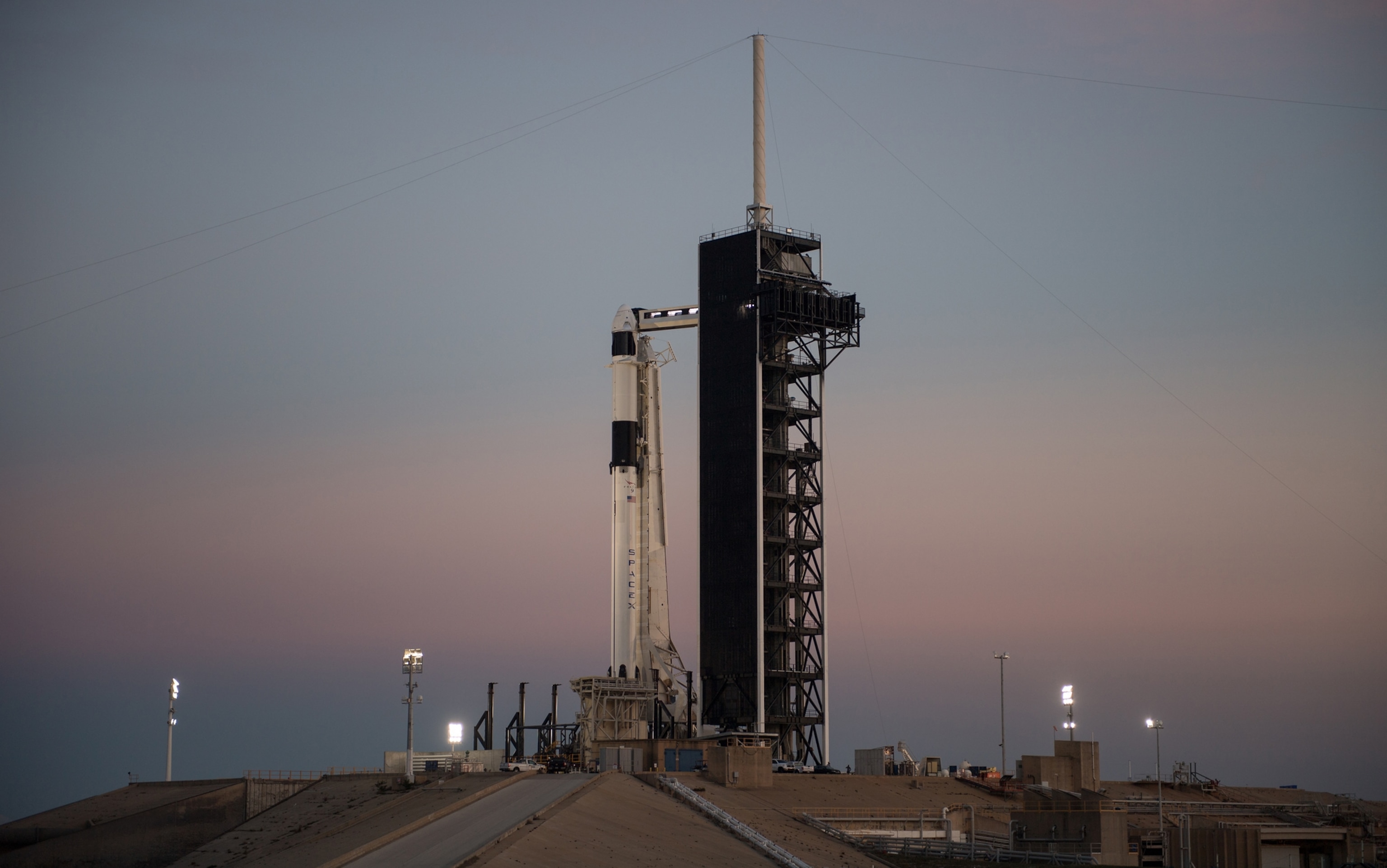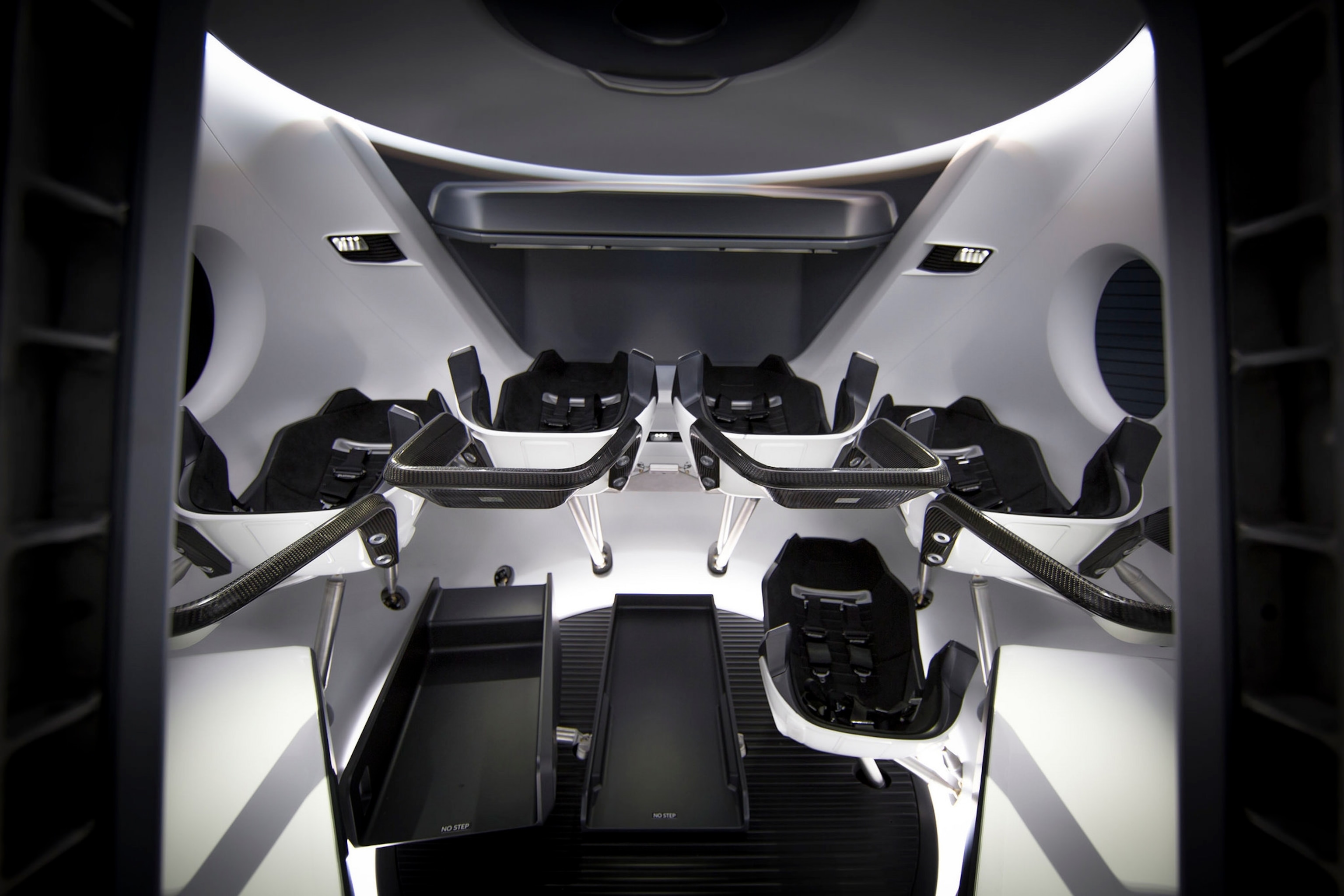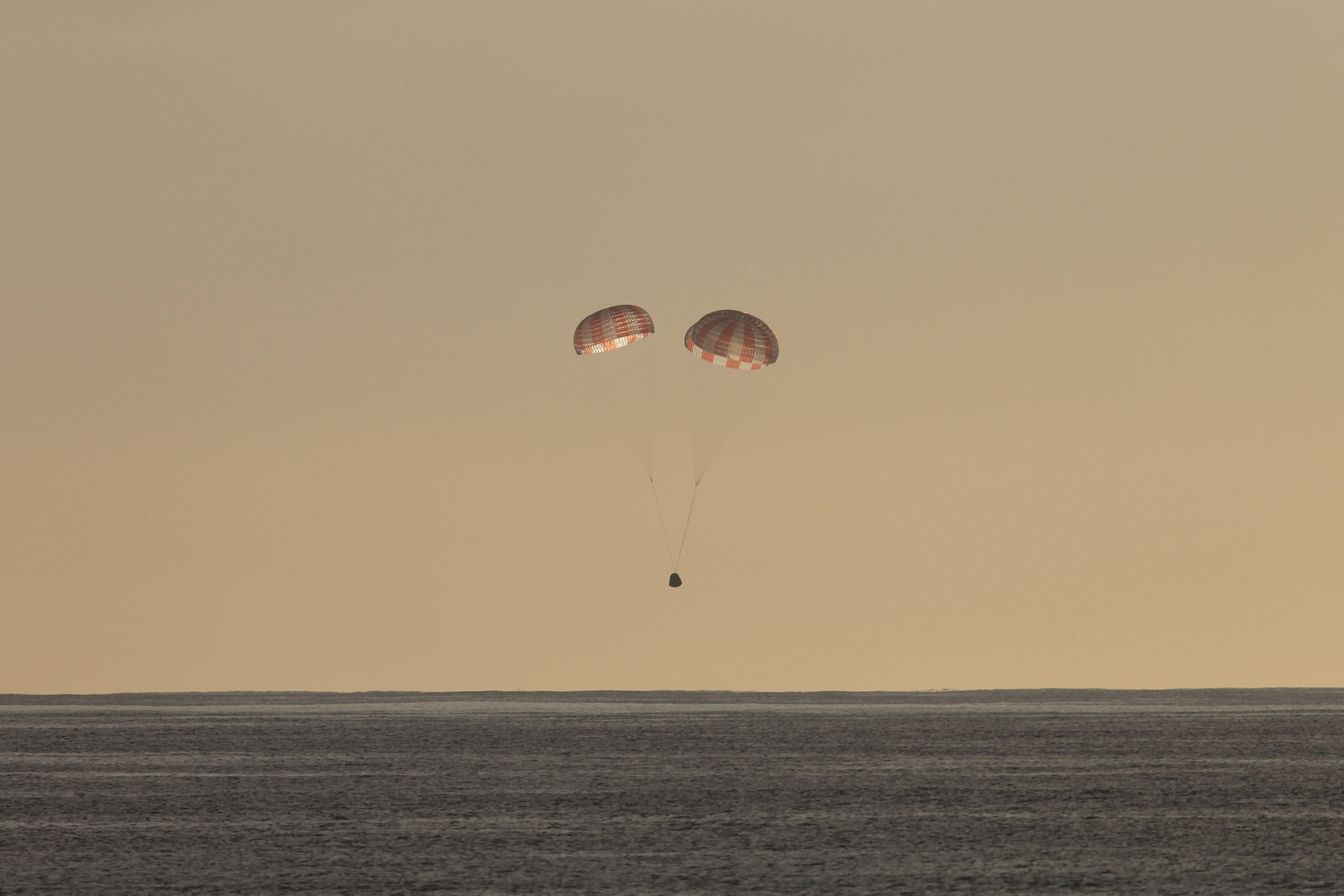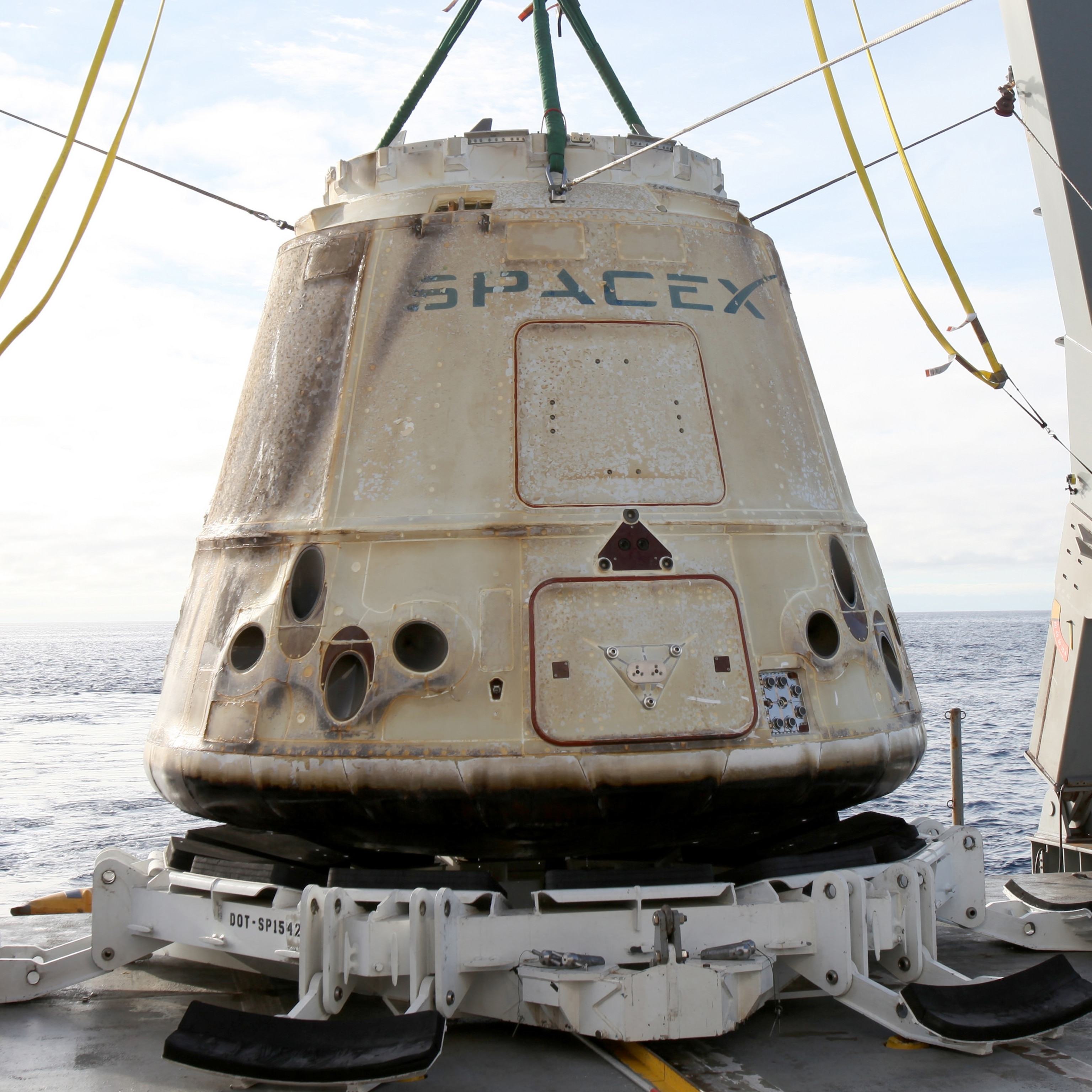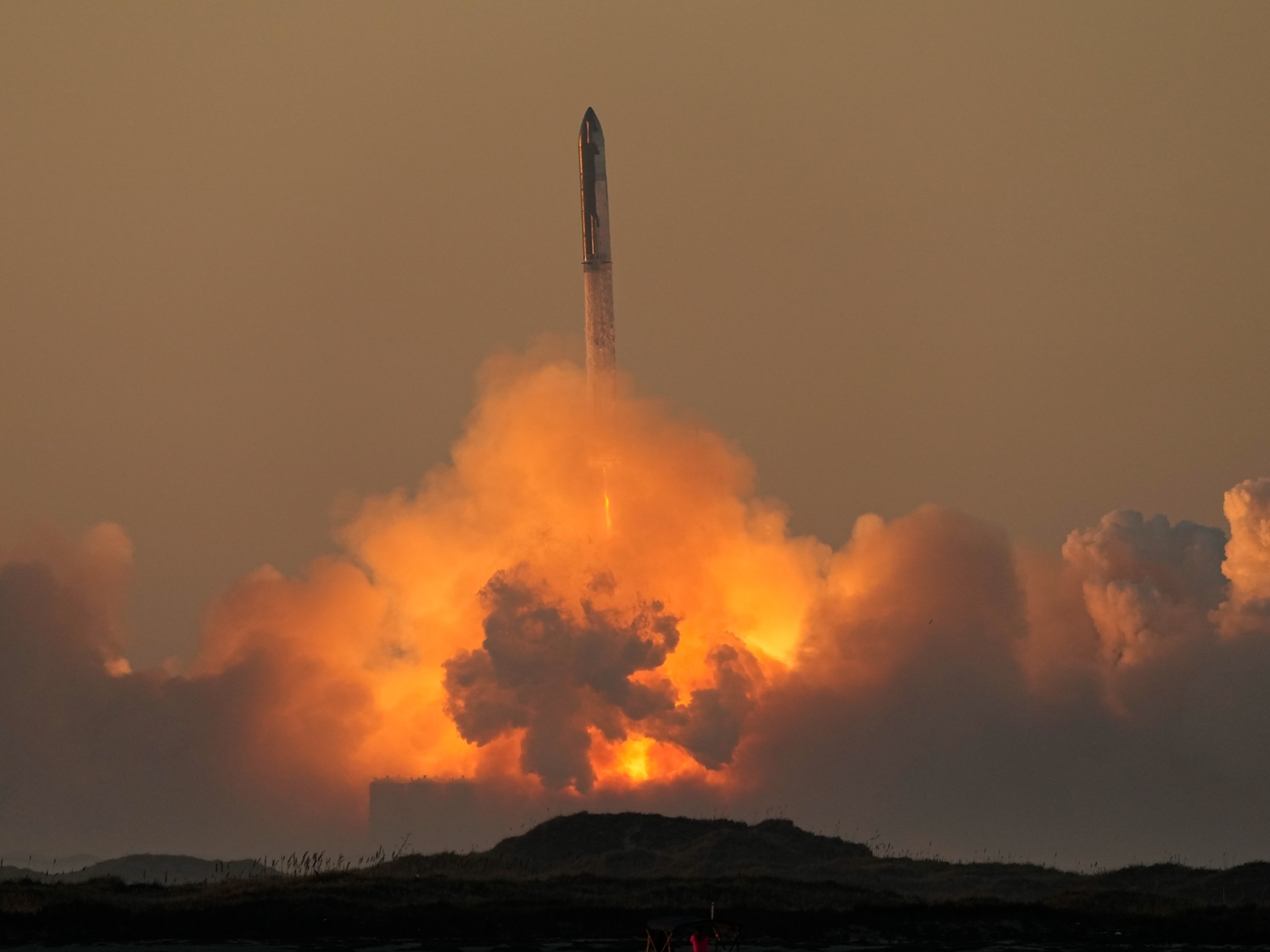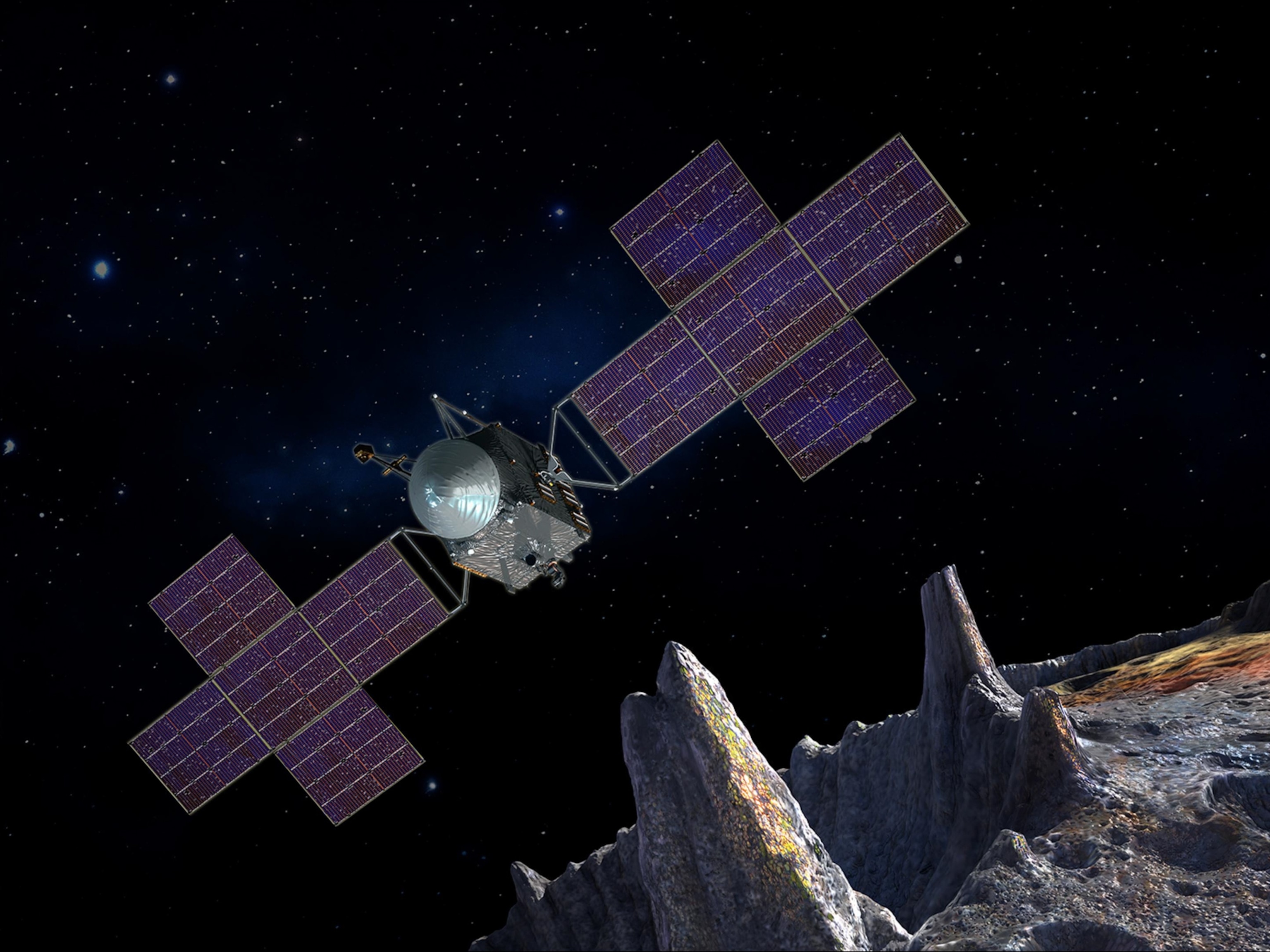
SpaceX launches its first crew capsule. Here's what that means.
The uncrewed flight to the space station is a key step in NASA's plans to send astronauts into orbit on commercial spacecraft.
It’s been nearly eight years since astronauts blasted into orbit from a U.S. launch pad—but that might be about to change.
Just before 3 a.m. ET on March 2, a rocket carrying SpaceX’s first capsule designed for humans, the Crew Dragon, lifted off from Cape Canaveral, Florida. As with previous Falcon 9 flights, the first-stage reusable rocket booster returned to Earth and stuck its landing on a drone ship 10 minutes after liftoff.
To be clear, there is no one inside the capsule right now. It’s merely a test launch, called Demo-1 in NASA lingo, and it’s designed to help scientists and engineers find any bugs in the new hardware and test the system’s operations while in orbit. The successful launch represents a major step on the path toward resuming spaceflight capabilities from the United States. If all goes well with a second test flight later this year, the first SpaceX flight carrying astronauts could lift off as early as July.
“This is really a significant achievement in the history of American spaceflight,” NASA administrator Jim Bridenstine said during a broadcast of the launch.
With the Crew Dragon now winging its way into orbit, we break down what you need to know about this morning’s fiery milestone.
If there’s no one in the crew capsule, what is it carrying?
Ripley, a sensor-wearing “anthropomorphic test device” named after Sigourney Weaver’s character in Alien, is making the trip to the ISS and will help engineers assess the conditions inside the crew capsule. In addition, the capsule is carrying a plush stuffed Earth that will indicate when the capsule has reached microgravity, a bunch of dead weight meant to simulate on-board crew and cargo, and roughly 400 pounds of actual cargo for the space station, such as extra hardware and supplies, the Planetary Society reports.
“Once Ripley comes back home, she is going to give us all the data, and that’s going to get us one step closer to human spaceflight for everyone,” says SpaceX’s Alireza Farjoud.
Where is the Crew Dragon capsule going?
The Crew Dragon will autonomously dock with the ISS so that astronauts on board can unload their supplies and engineers can make sure the onboard software is up to the challenge. Then, on March 8, it will detach and parachute into the Atlantic Ocean off the Florida coast carrying Ripley and fresh cargo, including scientific research samples that have been on board the station. SpaceX’s recovery ship, called Go Searcher, will retrieve the craft.
How is it different from the Dragon cargo capsule?
SpaceX’s cargo supply ships have been ferrying items back and forth between Earth and the ISS since 2012. But the Crew Dragon is longer and heavier, and it has three windows that will help passengers enjoy the view. It’s outfitted with seats and can carry up to seven astronauts as well as crucial life-support systems. In addition, eight SuperDraco abort engines give astronauts the ability to escape “an unlikely emergency situation on the launch pad or during ascent,” according to NASA.
When will humans ride on one?
That could happen as early as July of this year, assuming this test and the next one go well. NASA has assigned astronauts Robert Behnken and Doug Hurley to pilot the inaugural flight.
What does this mean for NASA agreements with Russia and other commercial space companies?
NASA is currently buying seats aboard the Russian Soyuz spacecraft for somewhere around $80 million a ticket; the space agency is also investing in a commercial crew capsule designed by Boeing, called the CST-100 Starliner. The first test launch of Starliner is set for April, and if that and subsequent tests go well, Starliner could carry its first crew into space in August.
“NASA continues to work with both Boeing and SpaceX to design, build, test and operate safe, reliable and cost-effective human transportation systems to low-Earth orbit,” Joshua Finch, an agency representative, says in an email.
NASA is also working on its own Orion capsule, which is designed to eventually carry astronauts even further into space. If all these craft can begin ferrying astronauts to the space station and back, NASA will presumably cease paying for spots aboard the Soyuz. But that doesn’t necessarily mean cosmonauts and astronauts won’t be sharing rides in the future.
“NASA and Roscosmos have and will continue to work closely as partners for the sustainability of human exploration systems. For safe operations of the International Space Station, we have historically flown crews that include both U.S. and Russian crew members,” Finch writes. After all, as the name implies, the space station is made of modules designed and built by multiple countries.
“By flying integrated crews," Finch writes, "we ensure [both] a U.S. and Russian crew member are on board to operate the space station.”
